Foraging in Prospect Park - Dec. 2, 2023
A "Wildman" Steve Brill foraging tour of Prospect Park, Brooklyn. Pictures taken with a Panasonic G9, with ISO set to 3200 to increase depth of field. Lens used was 24-70 equivalent.
1: Lamb's quarters. Like spinach. It grows until a hard frost kills it.
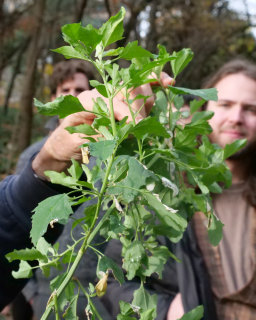
2: Lamb's quarters. You will see it growing all over. Often seen in tree pits.

3: Lamb's quarters, young leaves. Much more edible. Find underneath.
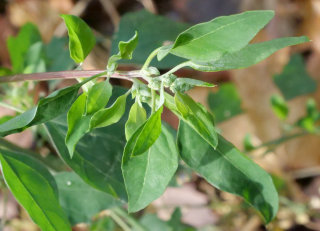
4: Lamb's quarters. If you grab a bunch of the flowers, pull them off, and then crumble them in your hand, you get edible seeds.
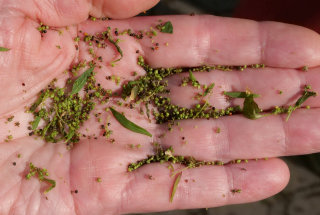
5: White snakeroot. Poisonous.
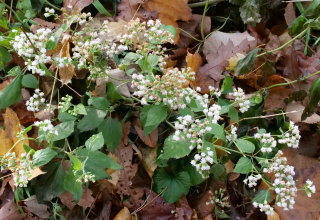
6: White snakeroot. Poisonous.

7: Field garlic. All parts edible. Be sure it smells like an onion.
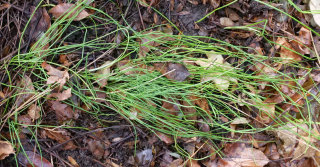
8: Gout weed. Tastes like celery, parsley and carrots. It is taking over the park. Spreads by seads and roots underground.
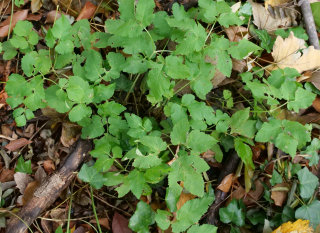
9: Gout weed closeup.
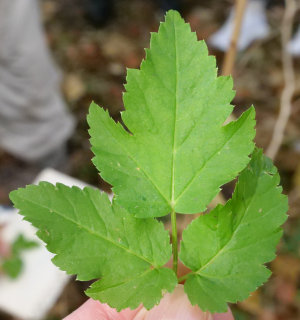
10: Turkey tail mushrooms.

11: Poison ivy, vine form. It is poisonous all the time.
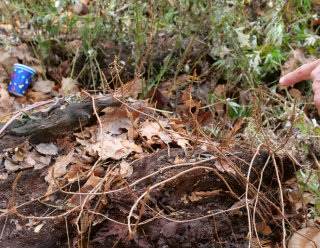
12: Poison ivy, vine form. It is poisonous all the time.
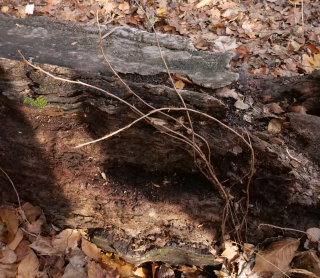
13: Goldenrod. Not on tour. Can make a yellow dye. Native Americans used medicinally.
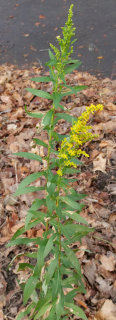
14: Mugwort. Not on tour. Time consuming to discuss.
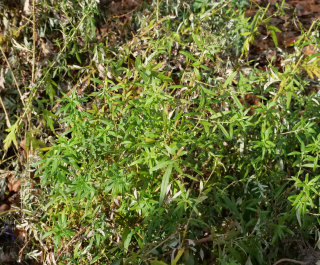
15: Bitter dock. Very bitter. It is good in small amounts in recipes that call for greens. Wildman has made veggie-chips with it. Not on tour here.
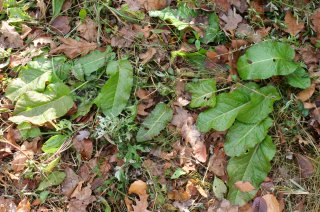
16: Common plantain. Not on tour.
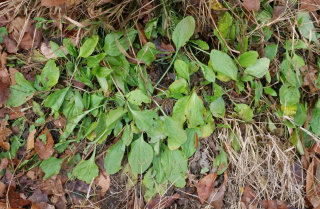
17: Black walnut. Note straight lines down the back. Ropey bark. This isn't seen on other trees.

18: Black walnuts being crushed. This is past the season. Most are no good.
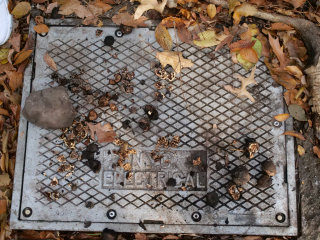
19: A decent crushed one. The white meat is soft.

20: A few mulberries are up in the tree. Way past its prime.
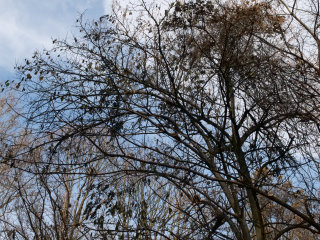
21: Second year burdock seeds. They really, really stick.

22: Bitter dock. Does not have the white under the leaves that burdock has.
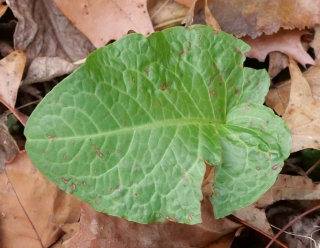
23: Common spice bush. Bark is like salted pretzels. Steep the twigs in boiling water for 20 minutes to make a tea. Must be fresh wood, and not dried wood. Red berries used as seasonaing. Too strong to eat. The bush has a large assortment of leaf sizes.

24: Some sort of polypore.

25: Wildman said something like velvet caps, but I could not find such a thing.
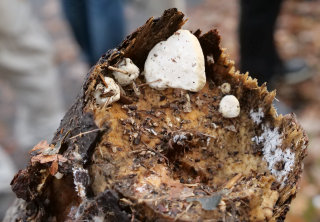
26: Enocki.
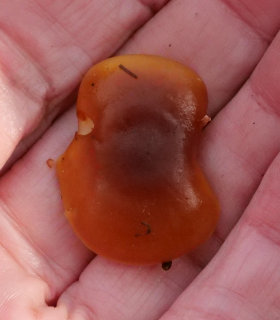
27: Enocki.
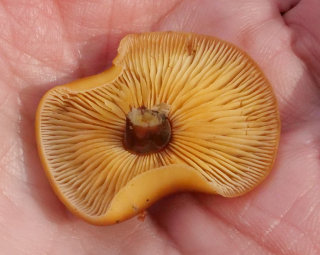
28: Enocki and wood ears, or tree ears.
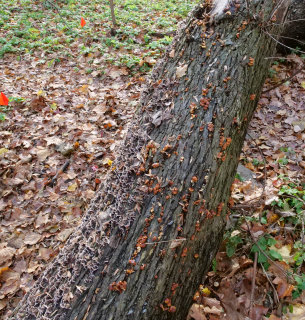
29: Dried wood ears. These are all good. You hydrate them, by soaking overnight. Used in Chinese cooking.

30: Enocki and wood ears, or tree ears.
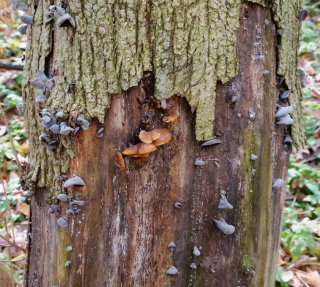
31: Pokeweed. Not on tour.

32: Garlic mustard. First year closeup. Good now, but better in May. In May eat the flowers, very delicious. They are shaped like a cross.

33: Patch of first year garlic mustard. They like growing on the edges of forests. Or like here, at the edges of bushes. They are considered invasive.

34: Northern bayberry bush. Leaves turn brown in fall. They are semi-deciduous, or semi-evergreens.
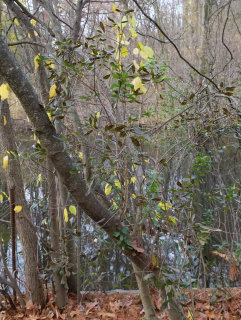
35: Northern bayberry bush closeup. Better than store bought bay leaves.

36: Black birch trunk. Take a twig and chew it. It tastes like wintergreen. The twigs are good for infant teething. It makes a delicious wintergreen tea. Mix with sparkling water to make birch beer. Adjust proportions to taste. It makes a culinary seasoning, which Wildman simmers in non-dairy milk and other ingredients and makes a pudding. At the end remove the twigs with a tongs. The oil contains methyl salicylate, which contains salicylate. A low dose aspirin. In season all year.

37: Black birch catkins. They open up in the spring. Very bad for allergy sufferers.
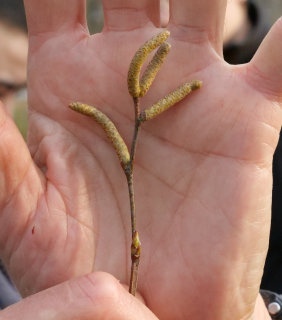
38: Greater celandine. Not on tour.

39: Lamb's quarters again.
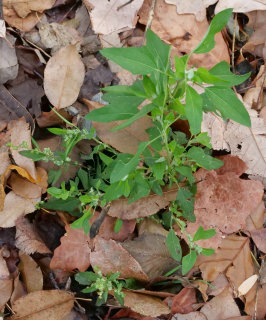
40: Sumac out-of-season. Not on tour.
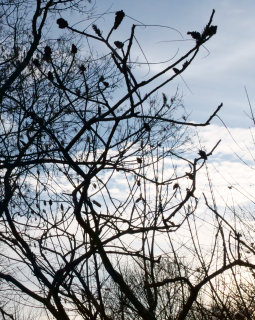
41: Burdock root.

42: Common persimmons tree. The last fruit of the season.
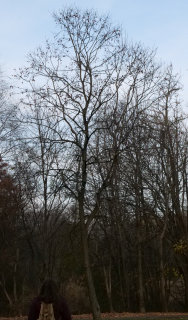
43: Persimmons closeup. The uglier they are the more sweet.
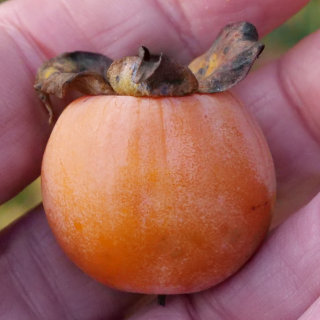
44: Lots of gingko leaves and fruits. Seeds can be either roasted -- Wildman's preferred way - or boiled.
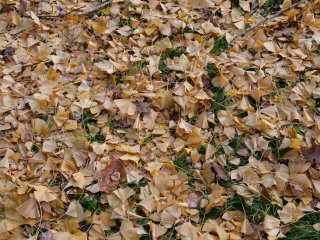
45: Closeup of gingko leaves and fruits.
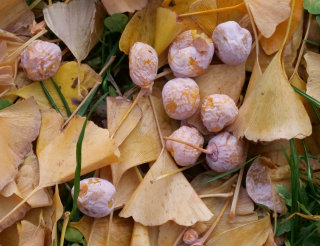
46: The second persimmons tree. Persimmons are dioecious, meaning there are separate male and female trees, and you need both in order to get fruit. The persimmon flowers in spring to early summer.
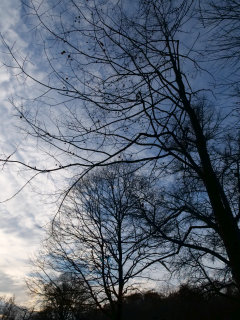
47: Day lilies out-of-season.
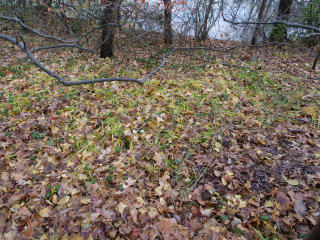
48: Beechnut past its season.
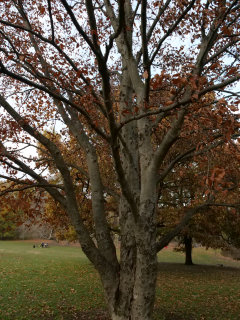
© Don Wiss 2023-2024. All rights reserved.











